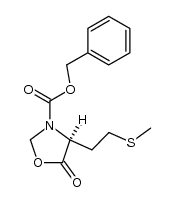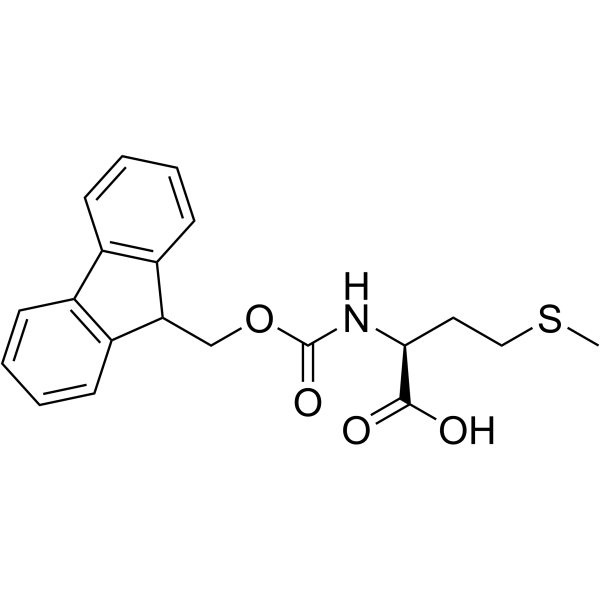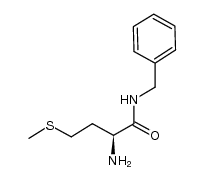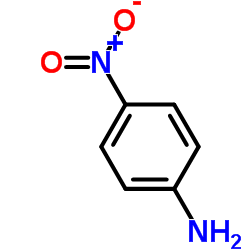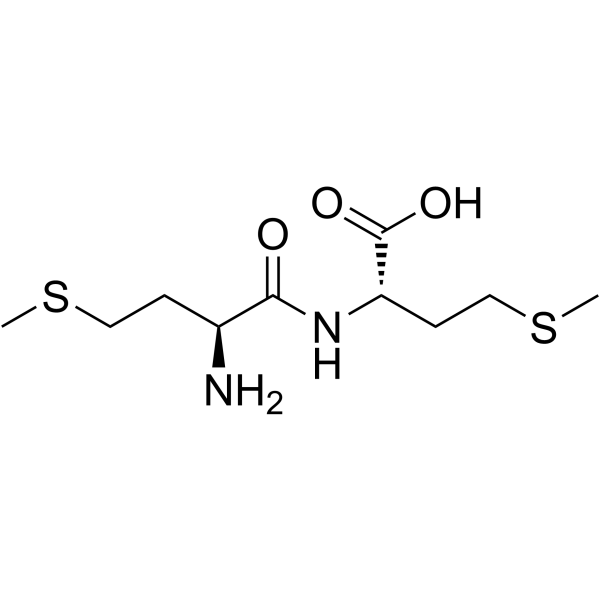63-68-3
| Name | L-methionine |
|---|---|
| Synonyms |
S-methionine
MFCD00063097 (S)-2-amino-4-(methylthio)-Butanoic acid EINECS 200-562-9 L-α-Amino-γ-methylmercaptobutyric acid Methionine (VAN) (L)-Methionine Met-bNA 2-Amino-4-methylthiobutanoic acid (S)- L-a-Amino-g-methylmercaptobutyric Acid Methionine, L- (8CI) (2S)-2-amino-4-(methylsulfanyl)butanoic acid Methionine (USP) N-L-Methionyl-2-naphthylamine N-L-Methionyl-2-naphthylamin L-Methionyl b-naphthylamide (2S)-2-Amino-4-methylsulfanylbutanoic acid Methionine Methionine b-naphthylamide 2-Amino-4-(methylthio)butyric acid, (S)- L-Methionine l-met (S)-(-)-Methionine Met L-Methionine (JP15) H-Met-OH L-Methionin |
| Description | L-Methionine is the L-isomer of Methionine, an essential amino acid for human development. Methionine acts as a hepatoprotectant. |
|---|---|
| Related Catalog | |
| Target |
Human Endogenous Metabolite |
| Density | 1.2±0.1 g/cm3 |
|---|---|
| Boiling Point | 306.9±37.0 °C at 760 mmHg |
| Melting Point | 284 °C (dec.)(lit.) |
| Molecular Formula | C5H11NO2S |
| Molecular Weight | 149.211 |
| Flash Point | 139.4±26.5 °C |
| Exact Mass | 149.051056 |
| PSA | 88.62000 |
| LogP | 0.37 |
| Vapour Pressure | 0.0±1.4 mmHg at 25°C |
| Index of Refraction | 1.531 |
| Water Solubility | Soluble |
CHEMICAL IDENTIFICATION
HEALTH HAZARD DATAACUTE TOXICITY DATA
MUTATION DATA
|
| Personal Protective Equipment | Eyeshields;Gloves;type N95 (US);type P1 (EN143) respirator filter |
|---|---|
| Hazard Codes | F |
| Risk Phrases | R33 |
| Safety Phrases | S24/25 |
| RIDADR | NONH for all modes of transport |
| WGK Germany | 2 |
| RTECS | PD0457000 |
| HS Code | 2930400000 |
| Precursor 8 | |
|---|---|
| DownStream 9 | |
| HS Code | 2930400000 |
|---|


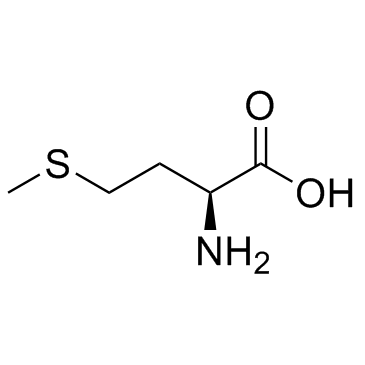
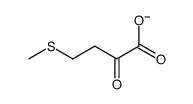


![L-Methionine, N-[(2-propen-1-yloxy)carbonyl] structure](https://image.chemsrc.com/caspic/260/90508-21-7.png)
